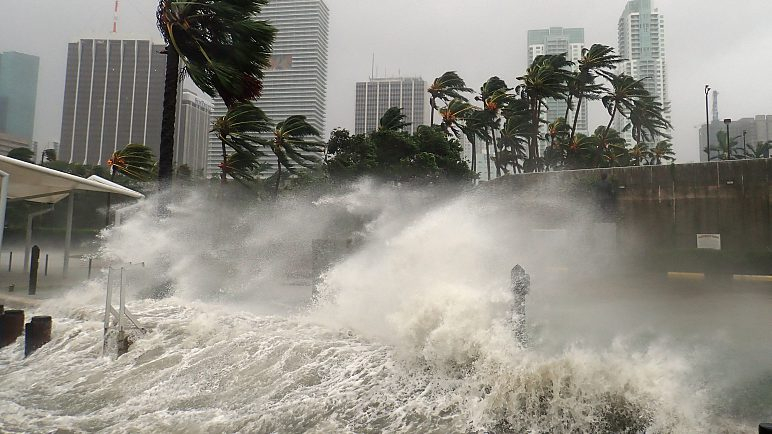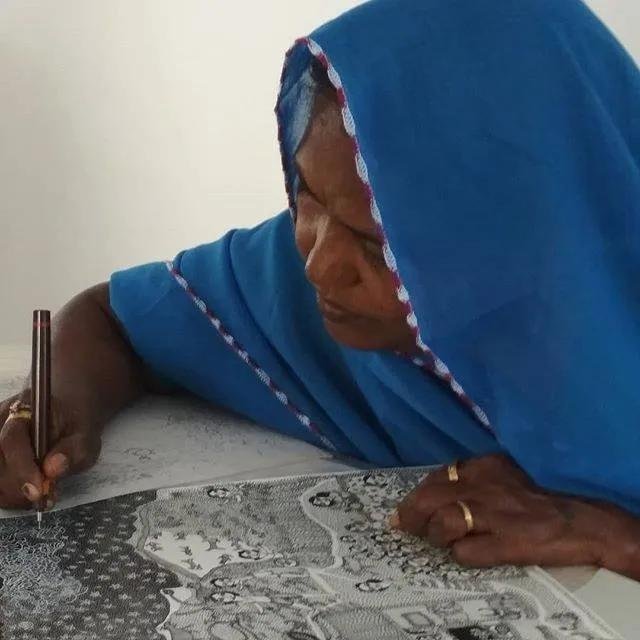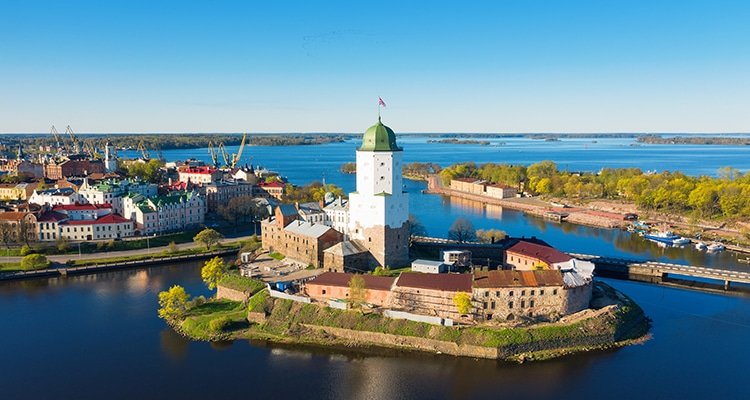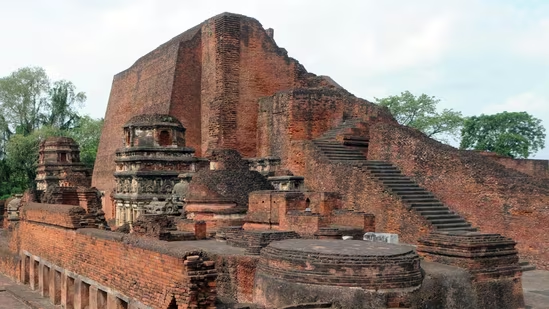With summer conditions in February itself, he fears that the wheat productivity will be low like last year, or maybe even worse.
Chandigarh: A warm February after a surprisingly hot March last year are alarming signs of changing climate patterns. Are we ready?
Looking at the cloudless sky, 71-year-old farmer Inderjit Singh Sekhon from Sangrur, enters his fields with a heavy heart. The situation is bleak: hardly any rains this winter with the mercury rising steadily with the threat of a prematurely torrid summer iin March.
With summer conditions in February itself, he fears that the wheat productivity will be low like last year, or maybe even worse.
“The weather has been playing havoc with the crops. February and early March are the months when the wheat crop will enter the reproductive stage. Too much heat at this time can make the pollen sterile, besides affecting the yield and size of the crop.
“The rising temperatures will increase the possibility of insect attack by aphids, which suck the sap and weaken the crop,” he says.
“Last year, the early sown crop didn’t get affected much since the heat-wave had started around March, and most of the crop had already matured. But a warmer February is likely to impact this year’s early crop,” says Dr Pavneet Kaur Kingra, head, Department of Climate Change and Agriculture Metrology, Punjab Agricultural University (PAU), Ludhiana.
Researchers are already working on developing heat-resistant varieties, she says, adding that the PAU has been issuing advisories to farmers on minimising heat stress on crops by light watering and drip irrigation.
According to a report by scientists of the Indian Council of Agricultural Research-Central Research Institute for Dryland Agriculture, Hyderabad, the intense heat-wave of March-April last year had brought down the wheat yield by up to 25 per cent in several districts of Punjab, the biggest contributor to India’s foodgrain buffer stock.
This year, the situation is likely to get worse as the temperatures are expected to rise. A study published by the National Mission on Strategic Knowledge for Climate Change under the National Action Plan on Climate Change in 2016 had projected that if the temperature rise is from 2.5°C to 4.9°C, the yield of rice will drop by 32-40 per cent and that of wheat by 41-52 per cent.
A warmer February is leading to the possibility of a hotter summer this year. The northwest region, including Punjab, Haryana, Himachal Pradesh and New Delhi, is already witnessing above normal temperatures.
The Indian Metrological Department (IMD) has expressed the possibility of the spring season has been completely bypassed with the early onset of summer.
According to Manmohan Singh, head of IMD, Chandigarh, Punjab and Haryana, the northwesterly winds (paschimi vikshobh in Hindi), or the extratropical storms arising in the Mediterranean Sea, Black Sea and Caspian Sea, are responsible for the winter rains and a dip in the temperature.
These have been very weak this year, leading to the rising temperatures. “Mercury is already up by 7-8ºC in Haryana, 4-6ºC in Punjab and 6-7ºC in Chandigarh. Summer temperatures are likely to soar much above the normal this year,” he says.
This is the new normal, points out Anjal Prakash, an author of the Intergovernmental Panel on Climate Change (IPCC) 2022.
“Climate change is here and now. In more than 2000 years of world history, this is for the first time that the earth has warmed up 1.1ºC. The end of the century target of 1.5ºC is likely to be breached by 2050 itself. Variable weather patterns are the first signs of climate change.
“Earlier, we could predict the weather. Our festivals like Makar Sankranti and Teej were based on the changing seasons but the weather patterns have become too striking. This is likely to severely affect climate sensitive sectors like agriculture. Due to the lack of predictability, farmers will not be able to sow or harvest in time, which will affect the overall yield.”
“The weather change and higher temperatures are on expected lines as the weather cycles are shifting from La Nina to El Nino phenomenon. We are in a two-year cycle and the extreme temperatures will continue till next year,” says Dr Ravindra Khaiwal, Professor of Environment Health, Department of Community Medicine & School of Public Health, PGIMER. Chandigarh.
According to Manmohan Singh, head of IMD, Chandigarh, Punjab and Haryana, the northwesterly winds (paschimi vikshobh in Hindi), or the extratropical storms arising in the Mediterranean Sea, Black Sea and Caspian Sea, are responsible for the winter rains and a dip in the temperature.
“The increase in temperatures can lead to heat-related illnesses, such as heat stroke, dehydration and exhaustion, particularly for vulnerable populations, such as the elderly, children, and outdoor workers. This will increase the burden on healthcare systems,” he adds.
“For those living in urban spaces, the impact will be even more daunting, physically as well as economically. The rising temperatures will superimpose on the already hot environment in cities and increase the demand for water and electricity, besides adding to the requirement of coolers and air conditioners,” says Prakash.
Meanwhile, at 9ºC above normal, Delhi recorded the third highest February temperature at 33.6ºC since 1969, while Churu recorded 40ºC on February 16, the earlier record being set on February 28, 1953.
Shimla, the capital of the hill state of Himachal Pradesh, broke the previous record of February 23, 2015, of 14.2ºC minimum temperature by recording 14.4ºC on February 18. This was 11ºC above normal.
The rising temperatures in the hills has made Shimla-based DP Bhatia sceptical of the future of tourism industry in the Queen of Hills.
Says Bhatia, who has been working in the hotel industry for close to five decades, “There were times when as soon as it would snow in Shimla, tourists from Chandigarh, Punjab, Haryana and Delhi would make a beeline to witness its white beauty. For the first time in many years, there’s been no snow in Shimla. The scanty snowfall in the higher reaches of Narkanda and Kufri was not enough to bring tourists to the hill station. Weather is becoming too unpredictable.” It is time to stop depending on snow to promote the state’s tourism industry, he says.
The rising mercury has led to increased forest fires as well. Last April saw 750 incidents of forest fires in Himachal. A report of the Forest Survey of India has attributed this number to the spike in temperature.
The increasing temperature also adds to the risk of built environment. A worrying report released recently by the Cross Dependency Initiative has stated that nine states in India, including Punjab, are among the world’s top 50 regions at risk of damage to built environment due to climate change hazard.
***************************************************************
Readers
These are extraordinary times. All of us have to rely on high-impact, trustworthy journalism. And this is especially true of the Indian Diaspora. Members of the Indian community overseas cannot be fed with inaccurate news.
Pravasi Samwad is a venture that has no shareholders. It is the result of an impassioned initiative of a handful of Indian journalists spread around the world. We have taken the small step forward with the pledge to provide news with accuracy, free from political and commercial influence. Our aim is to keep you, our readers, informed about developments at ‘home’ and across the world that affect you.
Please help us to keep our journalism independent and free.
In these difficult times, to run a news website requires finances. While every contribution, big or small, will makes a difference, we request our readers to put us in touch with advertisers worldwide. It will be a great help.
For more information: pravasisamwad00@gmail.com











